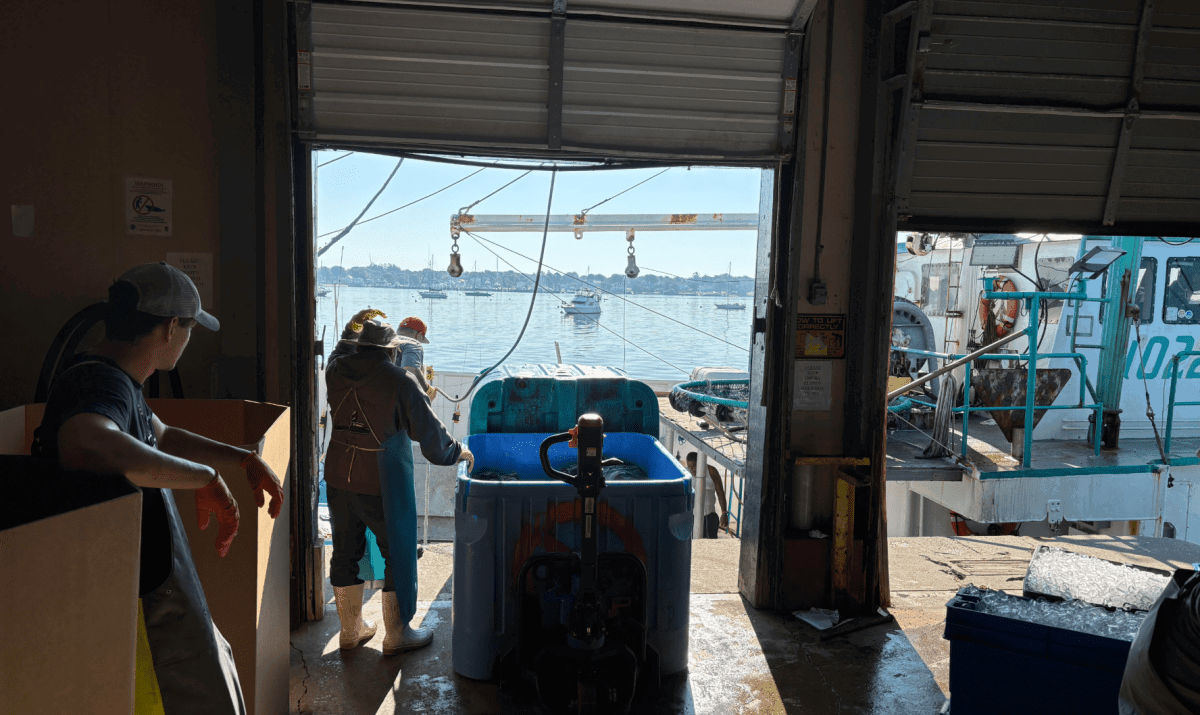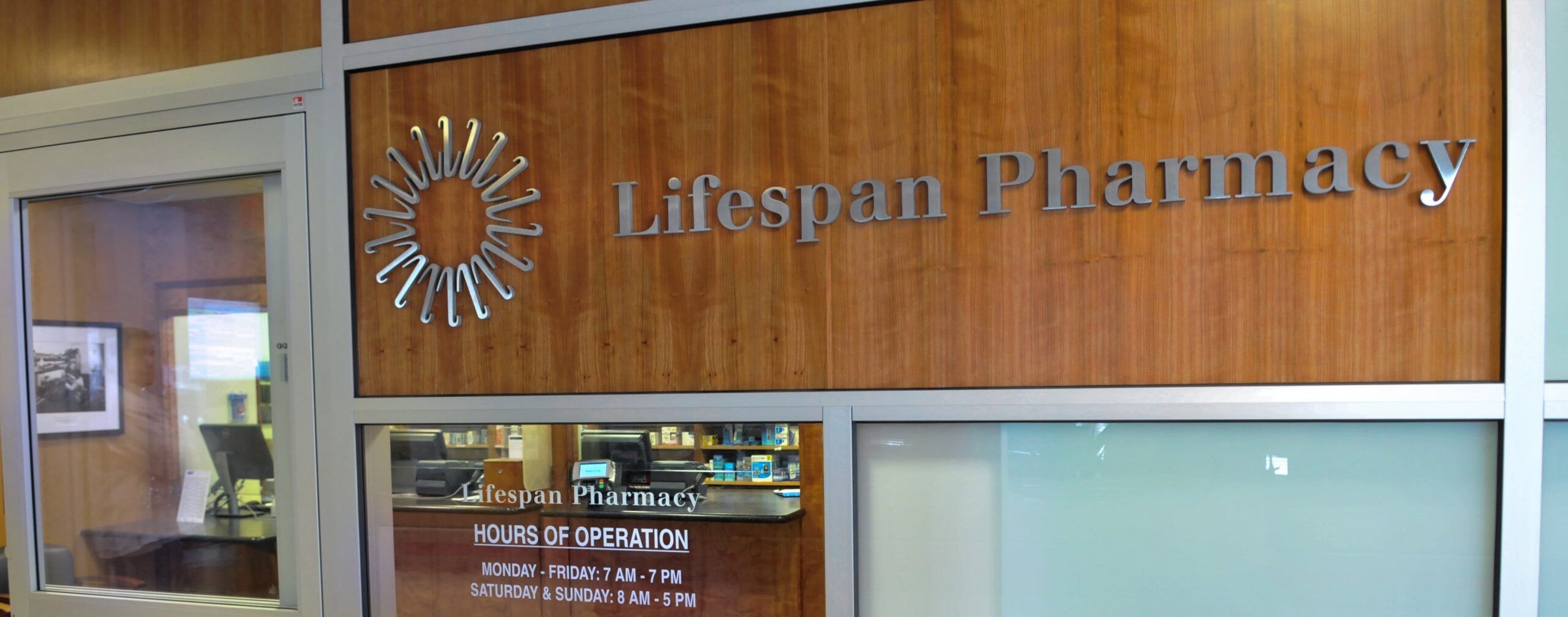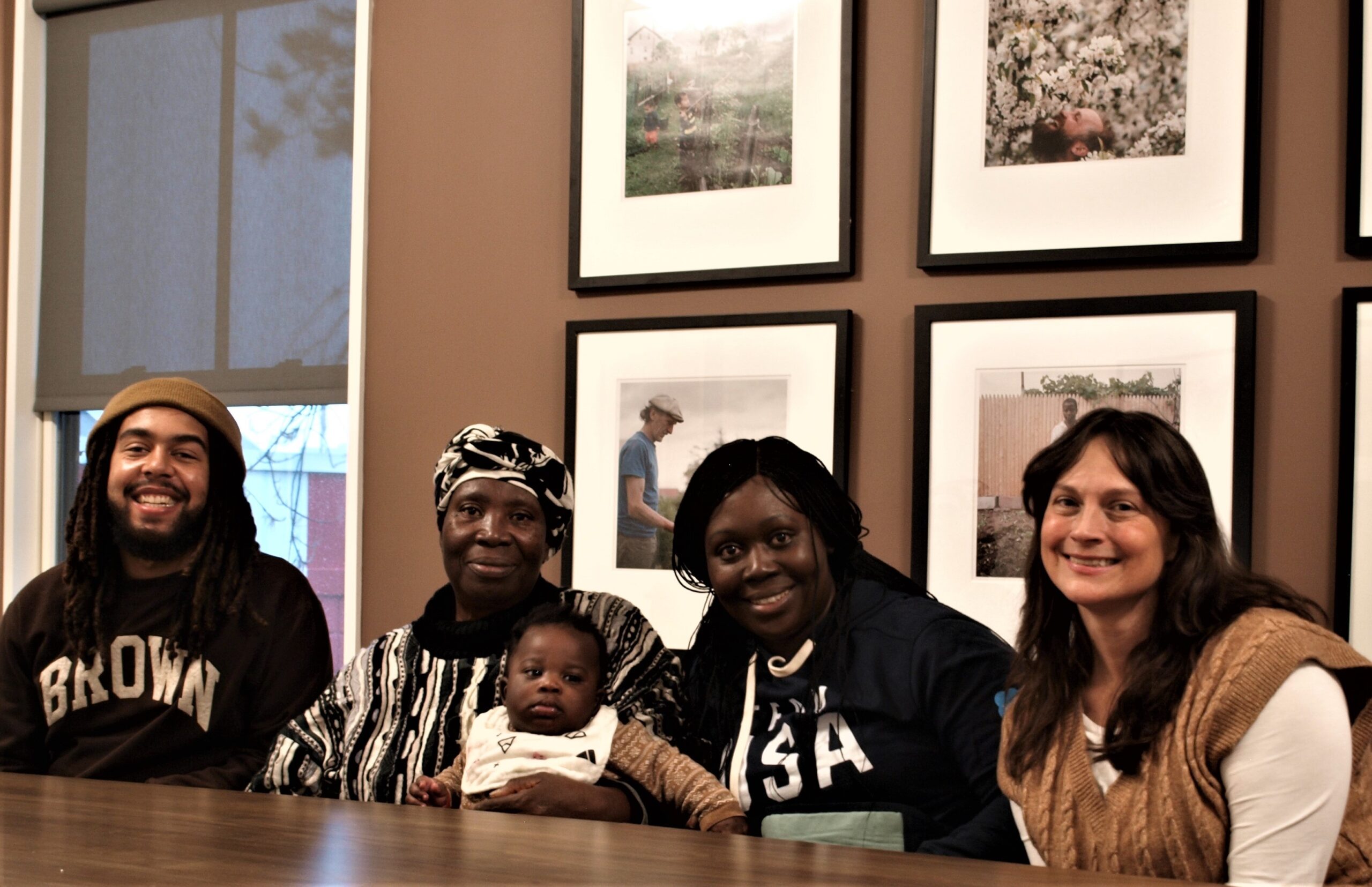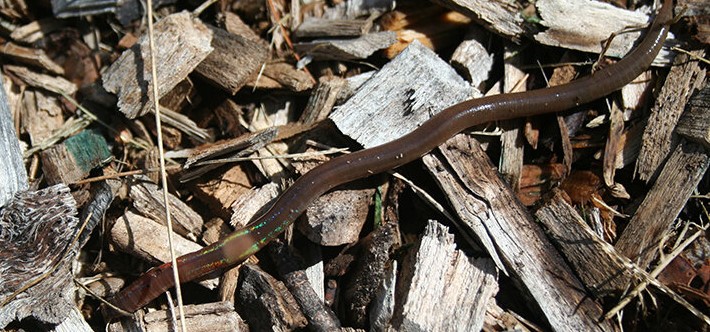A research trip to study the reproductive conditions of tuna ended with a large contribution to the New Bedford community — 2,000 pounds of bluefin loins.
This story was originally published in The New Bedford Light, a publication partner of Ocean State Stories.
By Kristina DaPonte
NEW BEDFORD — What began as a research trip studying the reproductive conditions of tuna ended with a large contribution to the New Bedford community — one that weighed a ton.
Scientists donated 2,000 pounds of Atlantic bluefin tuna loins to the United Way of Greater New Bedford, a nonprofit that serves the community through charitable efforts.
“It’s not the type of call we get all the time, but that’s what made it really unique and really special, because it’s a high-quality product,” said Michelle Neves Hantman, the local United Way’s president and CEO. “It’s a fabulous type of thing to be able to give to these food pantries that don’t normally get this sort of item.”
United Way received a call from Molly Lutcavage, director of the Large Pelagics Research Center in Gloucester, a few weeks before their June research trip. Lutcavage said she had received an Exempted Fishing Permit (EFP) from the National Oceanic and Atmospheric Administration (NOAA), the government agency funding the trip, which would allow her team of scientists to donate any bluefin tuna they used for research.
The exempted fishing permit “authorizes fishing activities that would otherwise be prohibited under fishery management plan regulations,” according to NOAA.
“[United Way was] really excited that we were able to line this up,” Lutcavage said. “We came in [June] 28th and we had approximately 2,000 pounds of high-quality bluefin loins to donate.”
The research trip left Fairhaven on June 14 and spent two weeks documenting the reproductive conditions of bluefin tuna in the Slope Sea, an area of the Atlantic Ocean between America’s northeast coastline and the Gulf Stream. The scientists said the trip was “wildly successful,” since the team was able to confirm that bluefin tuna spawn in an area of the ocean other than the Gulf of Mexico.
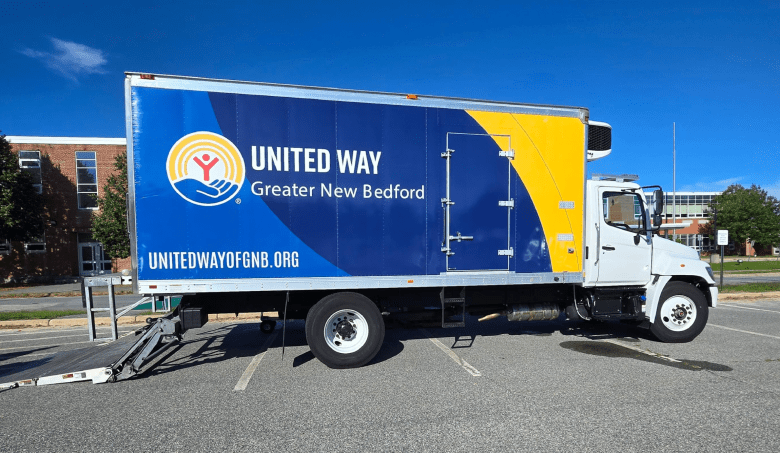
The United Way of Greater New Bedford’s Hunger Commission truck, which helps to distribute food items across the South Coast. Credit: United Way of Greater New Bedford
After receiving the tuna, United Way distributed the loins to nine of its distribution sites across the South Coast, including the Salvation Army New Bedford and Catholic Charities. The tuna was also distributed to food pantries and soup kitchens in Fall River, Freetown, Acushnet, Dartmouth, and Fairhaven. United Way worked through its Hunger Commission, a “food rescue and delivery program” that distributes food surplus to pantries and other food programs.
Tuna loins cost between $9 and $12 per pound in 2024, meaning the entire one-ton donation could be worth about $24,000.
“To have such an amazing product and be able to get it to places that don’t normally get this sort of thing, and then directly be able to feed people — that’s pretty special,” Hantman said.
The research trip itself represented a “major milestone in bluefin tuna research in the western Atlantic,” Lutcavage said.
For years, the only known spawning or breeding ground for bluefin tuna was the Gulf of Mexico. But after nearly 25 years of research, Lutcavage’s team believed the fish may also be spawning in the Slope Sea.
“This is something that my lab and I have wanted to do since 1999, when we predicted that bluefin could be spawning out there based on satellite tags,” Lutcavage said.
On the trip, the research team took DNA samples and analyzed the gonads of bluefin tuna that had migrated to the Slope Sea.
The researchers returned to port in Fairhaven on June 28.
Kristina DaPonte is a summer intern with The New Bedford Light, as part of the South Coast Internship program, designed for local students.

